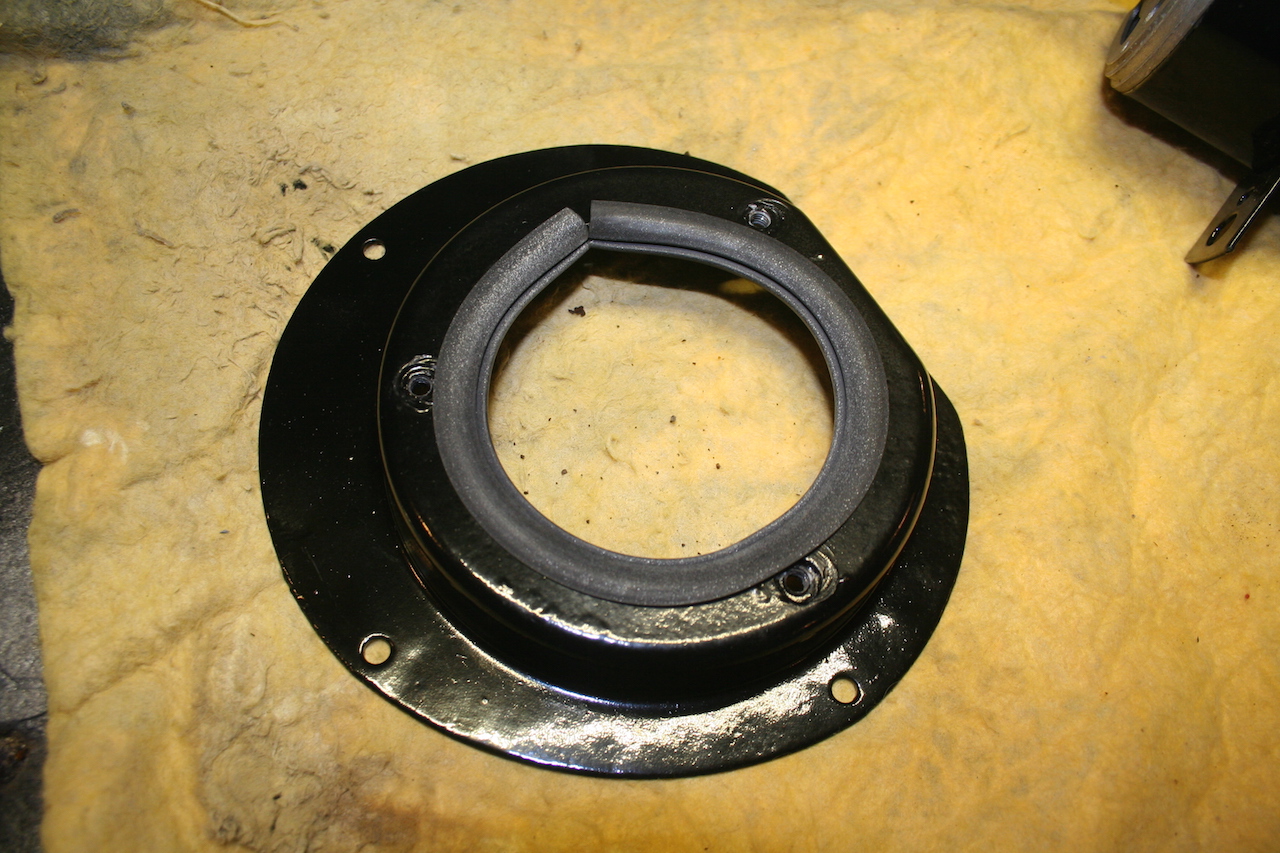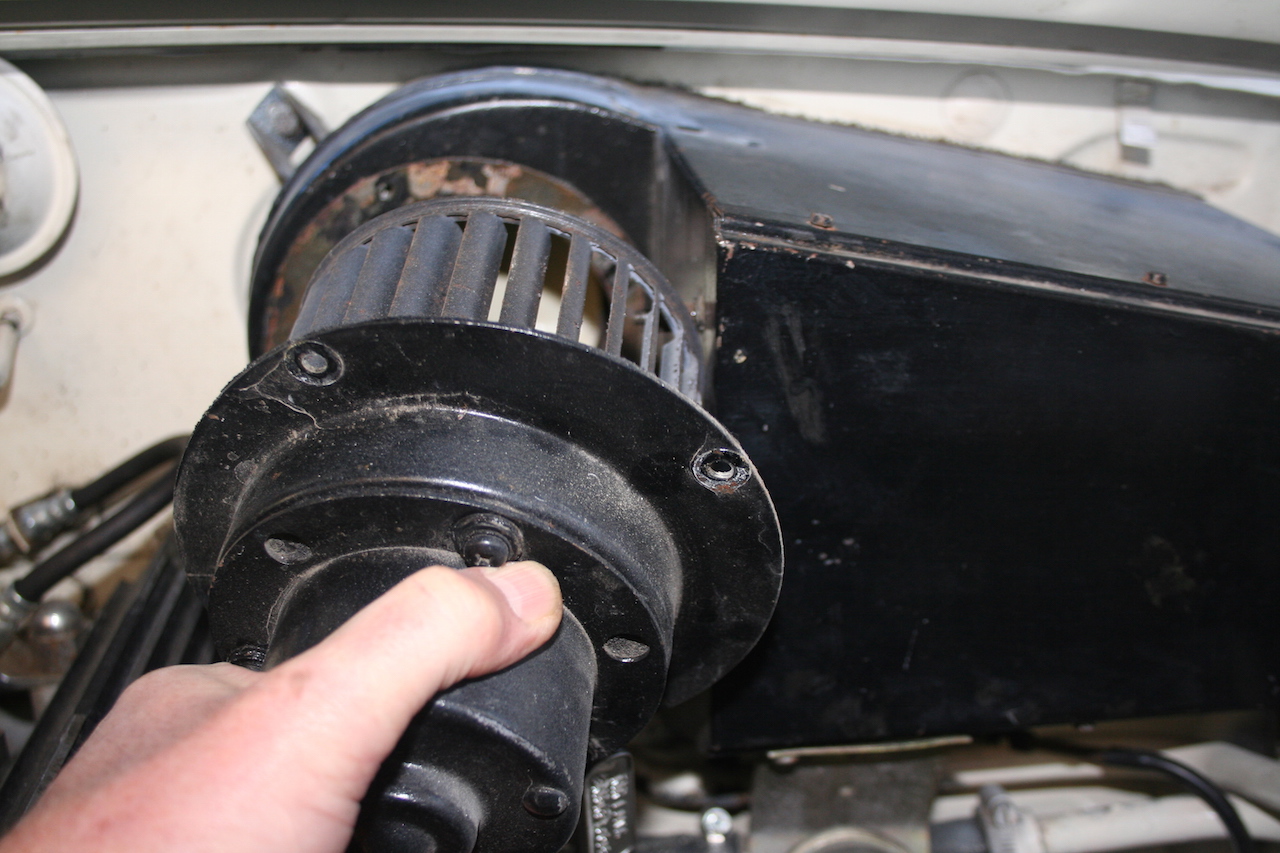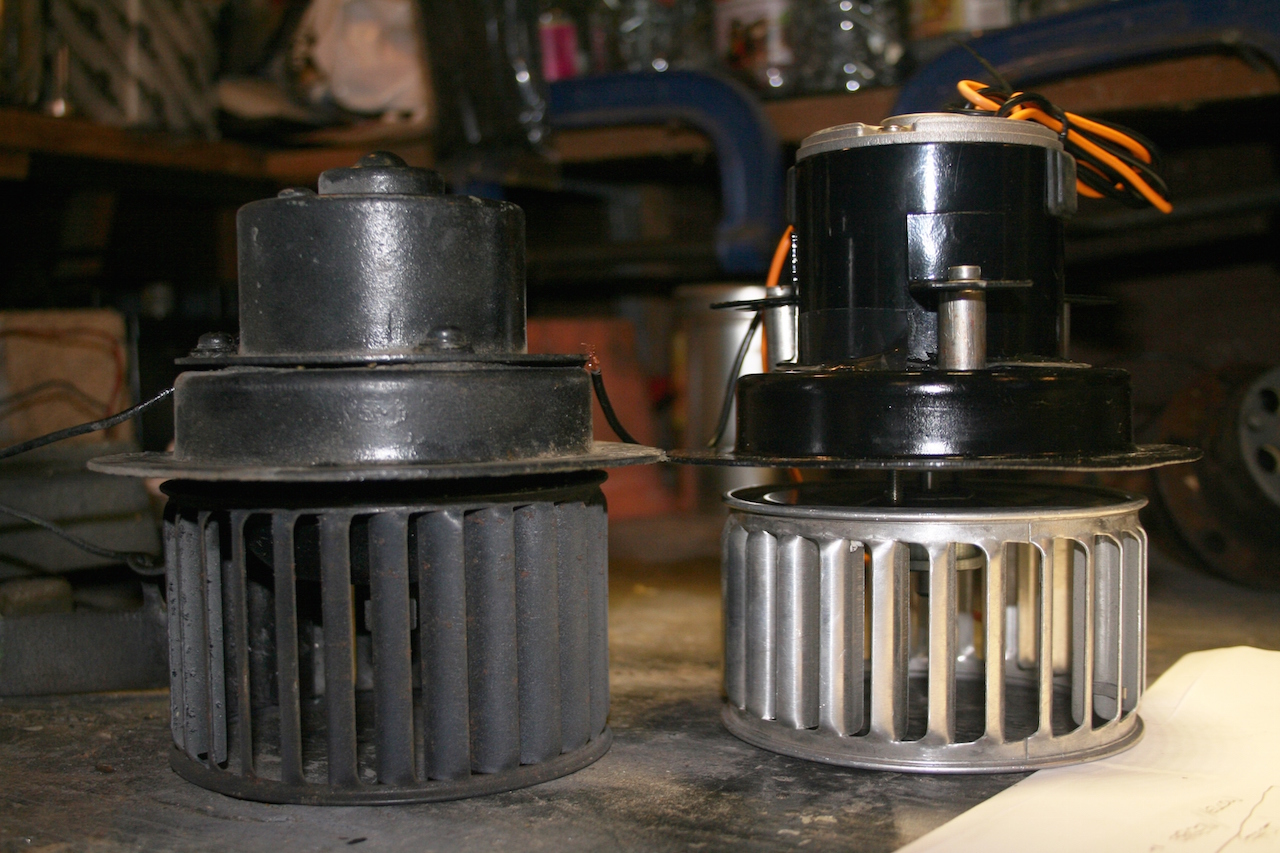You know how it is. You’re in the depths of winter; cold, wet, freezing and you need to take that cherished classic out for essential work, MOT or, if you are really keen, just for the fun of it. The day is damp, the rain is falling to Earth in a grim drizzle – you need heat! A flick of the black toggle switch on the dash elicits a loud whirring sound from the bowels of the bulkhead and that sixties fan unit groans to life with barely enough puff to blow out a birthday cake candle. Meanwhile, all the glazed elements of the car are streaming with so much condensation that you wish you had windscreen wipers on the inside. You try opening the “Draft Free Ventilation” (quarter lights), but this simply reduces the cabin ambience to that of your kitchen ‘fridge.
Don’t despair, help is on hand (I hope!). Having finally lost patience with these inefficient heaters, I decided it was time for an upgrade on my 420 to drag it into the twenty first century – or very close. There are a couple of companies that can supply you with an exchange unit rebuilt with modern inners. Clayton Classics springs to mind. There is another company, M & C Wilkinson, that I have seen at Spares Day, as well as several others which you will find via Google. Prices vary from around £360 to £450, exchanged for a fully upgraded unit including new copper heater matrix, larger fan wheel and a more powerful fan motor, which sits onto a reinforced new mounting plate. The heater box is shot blasted and powder coated with new seals.
I wanted to keep my 420 as original as possible, so I decided to do the job myself using parts bought individually. Also I thought I would try a two stage conversion, initially just uprating the airflow. If this did not prove satisfactory, then I would fit a new heater matrix, which is a simpler task – more later.
So, what do you need? Well, a fan motor, a fan, a new resistor and a mounting plate are the essentials. Simple? – No chance! After a couple of visits to Spares Days, I obtained the motor and fan (see photo 1), but the resistor and mounting plate proved elusive unless you bought the entire kit. Knowing very little about putting this together, and wanting the original unit to stay in the car to reduce the workload and subsequent disruption, I bought an old 420 heater assembly at Spares Day to practice on, so that I could be sure that the job could be done without taking everything out of the car.
Now onto the work. You can follow this on the accompanying photographs.
- Remove the fan motor from the practice heater. This is held by just a few bolts, easily accessible if the heater is still on the car, and comes out complete with the fan.
- Disconnect the wiring.
- Separate the fan from the motor. This releases the original mounting plate.
- If you want to minimise the work under the bonnet, then it is best to assemble the new items on a workbench. You will therefore need the mounting plate from the practice heater. If not, then you will need to undertake items 1 to 3 on your heater on the car, but don’t worry, it is accessible.
- The new fan is not the same depth as the original and the motor is also longer, so they don’t fit, hence the need for the new mounting plate, which I couldn’t obtain separately.
- To solve the problem, I had a few goes at fitting them to the old heater unit from which I determined that a 20mm spacer would be required on the old plate.
- This was achieved by cutting three 20mm lengths from a stainless steel tube that I had kicking around in the shed. (Thanks, Bob for cutting the tube). Mild steel could be used – easier to cut!
- The fixing screws would then need to be replaced with correspondingly longer items.
- The heater mounting plate from the practice unit was cleaned and repainted.
- The new motor does not fit the hole in the mounting plate. There is a gap. I cut and glued a spare piece of window rubber around the hole which, when the motor was fitted, sealed the gap.
- All items were then assembled to make just one “part”.
- The wiring has then to be fixed to it. With no new resistor, I had to use the old parts. The one from the old heater was not in good condition, so I used the resistor and wiring from my car. A quick bit of soldering and the whole assembly was ready for fitting. I then attached it to the old practice unit as a rehearsal.
- Take off the air filter to gain proper access under the bonnet and unscrew the five small bolts holding everything in and withdraw the fan/motor assembly. The photo shows the difference between existing and new.
- Offer up the new assembly and screw it in. A good tip here is to ensure that you shorten the new motor fixing lugs whilst still on the bench since they obstruct access to the fixing bolts. Presumably, the lugs are made longer so that they may fit other cars.
- Reconnect all the wiring and refit the air cleaner.
What did I spend?
| Old heater | £30 | (not really essential if you don’t mind leaving the heater in your car inoperative for a few days) |
| Fan | £20 | |
| Motor | £60 | |
| Paint, screws etc. | £Nil | Taken from my store of spares |
Should I wish to buy a heater matrix, this would cost £96 from Clayton Classics. It is an easy swap since this can be removed and replaced with the heater still in the car. Just take the small bolts from the front of the heater casing to gain access. The same company will sell you an entire DIY kit for around £250. Be aware that a Mk II heater has differently spaced inlet/outlet water pipes, so it is not a direct swap for a 420. I assume the S Type is the same as the 420, but worth a check if you are thinking about it.
Does it work? Well, the motor is near silent and more powerful. The car does get warmer. I have not managed to go out on a damp rainy day yet to test the demisting properties. Watch this space.
Conclusion: it is, on balance, best to buy the kit. OK it is a little dearer, but it avoids all the hassle of making parts and the learning process. If you have read this, at least the latter will not be a problem.
Neil Shanley
























